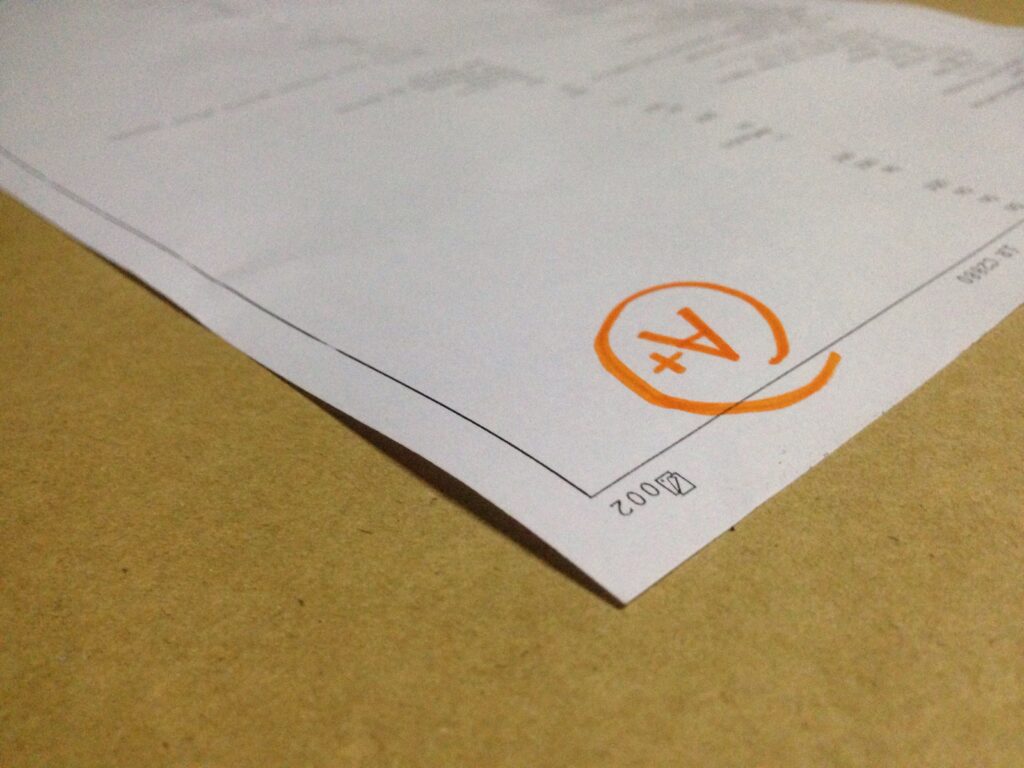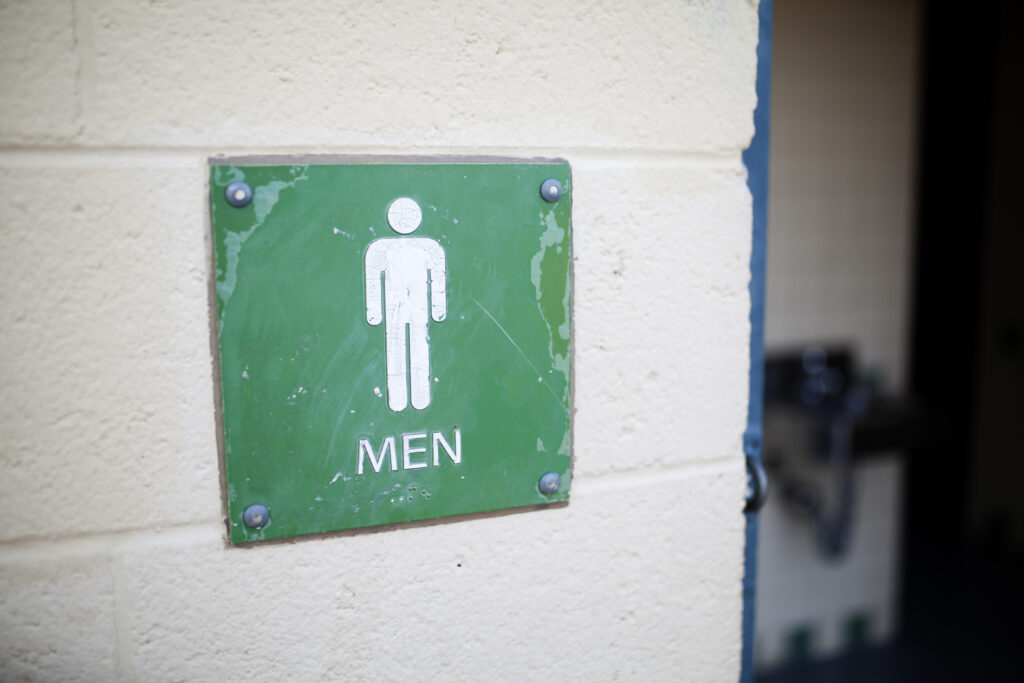August 2, 2021
Pelvic Floor Rehabilitation: The Nitty Gritty with Lee Ann Dinofrio, PT
Afraid to do jumping jacks at the gym?
Scared to sneeze or cough in public?
Always scouting for a restroom?
If having a weak pelvic floor is preventing you from having fun and getting the exercise your body needs, then this article is for you.
This interview with Lee Ann Dinofrio will clear up questions about pelvic floor dysfunction that you are too timid to ask.
Time to Share the Best Kept Secret in Midcoast Maine
Lee Ann Dinofrio is a physical therapist at Pen Bay Medical Center in Rockport, Maine. She specializes in pelvic floor rehabilitation.
Lee Ann is known as the best kept secret in Midcoast Maine because most people do not know that there is this kind of valuable help available for those suffering with pelvic floor dysfunction.
First, your pelvic floor is often referred to as the bowl or sling that holds the bladder, vaginal cavity, uterus (women), prostate (men), and rectum, which is the end of the large intestine that stores feces.
Lee Ann explained that pelvic floor rehabilitation is a treatment plan to strengthen the three layers of pelvic floor muscles to address issues such as, urine and fecal leakage, pelvic pain and postpartum issues.
Yes, you read that correctly. There are not one, not two, but three layers of muscle that make up your pelvic floor whether you are female or male. That anatomy is the same.
All three layers need to be strong for easy daily function to prevent embarrassing, inconvenient and possibly even painful incidents.
Disclaimer: If you feel you are in need of pelvic floor rehabilitation, please seek professional advice before following the information provided here to address your particular issues.
Visits with a Pelvic Floor Therapist
The first step to rehabilitation is evaluation. The evaluation visit is about 90 minutes and is an intimate procedure to assess the pelvic floor issue.
We say intimate because the only way to assess pelvic floor issues is vaginally or rectally.
Visits following the evaluations are about 45 minutes once per week for approximately 6 weeks. If more time is needed, then a patient’s health insurance is contacted for an extension.
Be ready for some homework
For progress to occur patients need to do their homework. Maybe you thought you were done with school, but now you are given what may be the most important homework ever to help you function easily in daily life.
Fortunately, this homework is very different than the high school algebra you speculated never using in “real” life.
This homework will help you EVERY day and involves exercises to strengthen, or even relax in some cases, the muscles of your pelvic floor.
Contracting these muscles with specific exercises for your pelvic floor are essential for addressing pelvic floor dysfunction. It works just like if you perform bicep curls to strengthen the bicep muscles of your arms only it’s muscles you cannot see.
Pulling the Drawstring
You may have already guessed that Kegels are the go-to exercise for pelvic floor strengthening and you’d be right for most cases.
Think of it as using your pelvic floor muscles to pull up and in as if lifting a drawstring bag in your abdomen.
What’s marvelous about Kegels is that you can do them anywhere at any time because nobody can tell if you are doing them. The muscles are internal. Nobody notices.
There are many variations to contracting your pelvic floor muscles.
1) Your therapist may suggest doing what is known as quick flicks, which are contracting your pelvic floor muscles quickly and letting them relax without holding them contracted.
2) Another option is to contract the muscles and hold for a few to several seconds before relaxing.
An A+ pelvic floor student
Lee Ann and other pelvic floor therapists prescribe exercises that benefit each patient depending on their specific needs.
To get on the honor roll with your therapist and benefit yourself the most, it’s imperative that you perform your therapist’s prescribed exercises correctly and consistently.
For Lee Ann’s recommendations for exercises fill out the form below!
No Squatting Allowed?
Some exercises may have to be put on the back burner for a while. Your therapist may suggest being careful with squatting because your pelvic floor muscles relax when performing a squat.
You may be thinking, “How am I going to build my quads and lift anything if I’m not supposed to squat?”.
Well, to be more precise, if you can contract your pelvic floor by performing a Kegel while simultaneously squatting, then you may be good to go.
Until then, working on strengthening the pelvic floor muscles needs to happen before squatting in the gym. In lieu of squats, consider wall sits and glute bridges.
Check out how to do proper glute bridges in our free guide (just fill out the form at THIS LINK to gain Instant Access)
Why do you have a weak pelvic floor?
You can experience a weak pelvic floor for a multitude of reasons.
Is it in your genes?
There isn’t significant research to support that having a weak pelvic floor is genetic. However, Lee Ann has seen in the history of her patients that there does seem to be a connection, such as a daughter, sister, mother, aunt, grandmother, etc. who all have suffered in some way from weak pelvic floor muscles.
Have you housed a human?
Pregnancy certainly can take its toll on pelvic floor muscles while carrying a child and whatever happens during the birth, either vaginally or cesarian section.
Muscles that are torn, cut or damaged in some way can mean that those muscles are not as strong as they were prior to pregnancy.
Retired muscles?
Our age may be another factor contributing to a weak pelvic floor. As we age our muscles get weaker due to wear and tear and overwork.
How is your fitness level?
Similar to all other muscles in our bodies, muscles that we do not use and do not continue to strengthen get weak and cannot perform their responsibilities appropriately.
Sufficient exercise each day is important for the muscles of your pelvic floor and your overall health.
What can I do to prevent weak pelvic floor muscles?
Exercise can make a significant difference in how well your pelvic floor muscles perform. The phrase “use it or lose it” comes to mind. If you do not exercise the muscles in your body, including your pelvic floor muscles, then the strength of those muscles can decline over time.
An option for preventing severe issues as a result of a weak pelvic floor is to seek out a therapist before the situation interrupts your daily living activities. Maintenance and consistency are key to keeping the pelvic floor strong.
I want results today!
Once patients take the leap and initiate a visit with Lee Ann, they tend to want results on the first visit. However, pelvic floor issues take time and dedication to remedy.
That said, most patients feel better emotionally and mentally after the first visit because they now know what the issue is and that there are steps to follow to strengthen their pelvic floor.
Many patients haven’t confided in anyone about how they are suffering in their daily lives with their weak pelvic floor. Once in Lee Ann’s office, the flood gates open through sharing their experiences and asking a plethora of questions.
Do not be nervous to ask any question of your therapist. It’s best to throw it all on the table, so to speak.
Yes, but I’m a man…
We associate weak pelvic floor conditions with women, but, as mentioned above, all the pelvic floor muscles are the same for both women and men.
For the most part, men seek Lee Ann’s help for incontinence and issues that may be related to their prostate.
Again, Lee Ann and other pelvic floor therapists have heard it all. They can provide the answers you seek or refer you to a specialist in another area that can help.
It Depends
Clothing and other products to help with weak pelvic floor issues are not necessarily helpful. Let me explain.
Lee Ann revealed that even though there are items that work very well and provide an element of confidence for going out in public, they may not instill the urgency necessary to remedy the underlying concern of weak pelvic floors in a timely manner.
Some folks tend to rely on these products, such as incontinence pads and underwear, and this can decrease the incentive to do their homework to improve the primary problem.
Understandably, you need to function in public life with confidence. It depends on how much you rely on using these products.
Going under the knife
There are scenarios when Lee Ann recommends a consultation with a surgeon.
However, before seeking out a surgeon to address your weak pelvic floor, please see a pelvic floor therapist. Take their advice to heart and give their recommendations your best effort.
In Summary
If you have any issues related to your pelvic floor that affect your daily living…
1) Please see Lee Ann Dinofrio at Pen Bay Medical Center or a therapist near you that specializes in pelvic floor rehabilitation. It can change your life for the better!
2) Do your pelvic floor homework EVERY day
3) Eat a balanced diet with fiber, exercise, attain adequate sleep and enjoy life
There is hope and help to address pelvic floor dysfunctions. You do not have to constantly worry about embarrassing situations, finding a restroom in public or jumping jacks at the gym.
Lee Ann Dinofrio currently practices at Pen Bay Medical Center in Rockport, Maine and has over 36 years of experience as a physical therapist. She received her training to specialize in pelvic floor therapy at the Herman & Wallace Pelvic Rehabilitation Institute and has been practicing pelvic floor rehabilitation since 2014.
She addresses urinary and bowel issues, pelvic pain and postpartum pelvic issues. Lee Ann helps women AND men and includes any necessary orthopedic steps in her treatment plans, as well.
Lee Ann is also certified in Integrative Dry Needling and finds this to be a very useful tool in the treatment of pelvic floor dysfunctions. (please note, no “private parts” are needled!).
To see Lee Ann, all patients need to be referred by their primary care physician, certified nurse practitioner or certified midwife.

Cathy grew up in NH surrounded by a large, loving family, where she learned generosity and hard work. She now models that for her two children. She was inspired to become a fitness coach when searching for ways to become more healthy herself after a life-threatening illness.
















0 Comments
Leave A Comment